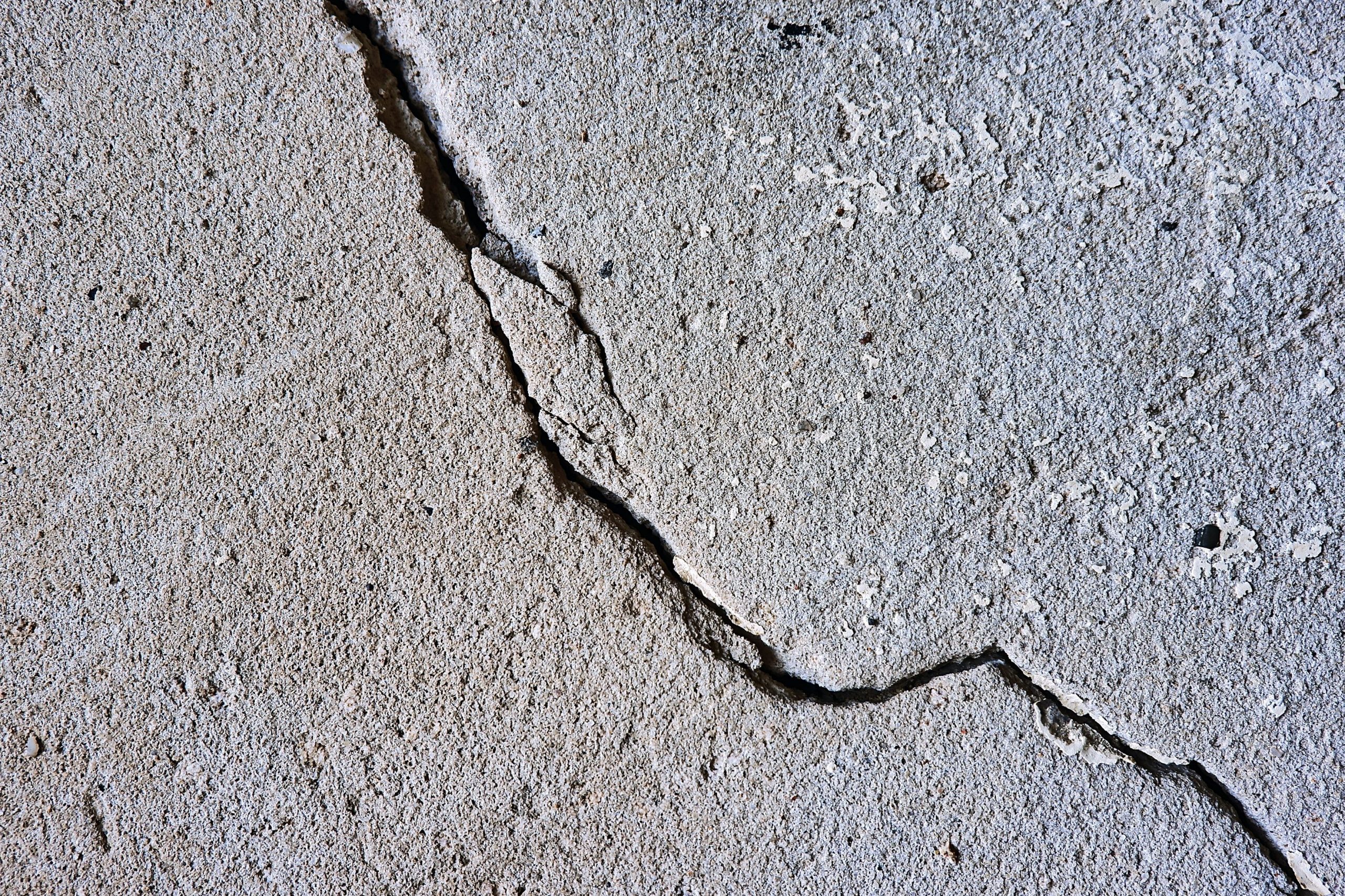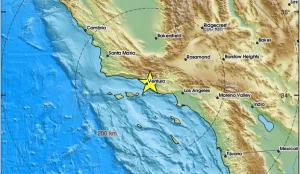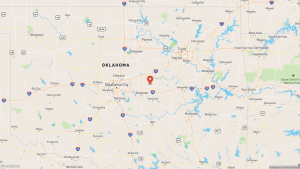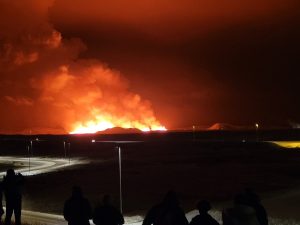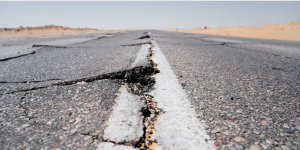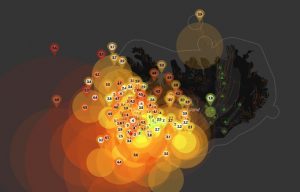Indonesia, on Thursday, recorded a 6.0 magnitude earthquake about
224 kilometres east of Kotamobagu in the Sulawesi islands. The quake, which
reportedly hit at a shallow depth of 31 kilometres (20 miles), without any
immediate report of casualties.
Even though earthquakes occur mostly along boundaries of earth’s
tectonic plates, Indonesia appears to be a slightly more complicated situation
than just that.
Also read: Mount Nyiragongo that erupted last week records 92 tremors in last 24 hours
The South-East Asian archipelago nation sits on the Ring of
Fire, an arc made of volcanoes and fault lines across the Pacific Ocean that
stretches nearly 40,000 kilometres, all the way from Japan and Indonesia to
California and South America on the other side of the ring-like structure.
It is across this structure that 90% of world’s earthquakes take
place, and this is the structure that leads to recurrent natural disasters in
Indonesia, including in 2018, when a similar, shallow earthquake had hit Sulawesi,
leading to fatalities of more than 4,300 people.
Also read: 4.1 magnitude earthquake strikes Assam’s Sonitpur
The archipelago itself, significantly, was created by tremors
occurring around the edges of the plates, with many of Indonesia’s 17,000
islands being elevated due to volcanic or tectonic activities.
The country sits on a confluence of three tectonic plates:
The Pacific, the Eurasian, and lastly, the Indo-Australian plate.
Sulawesi and East Java were hit by tremors earlier this year
as well, with respective magnitudes of 6.2 and 6.0, a natural warning sign regarding
the island-nation’s dangerous location.

